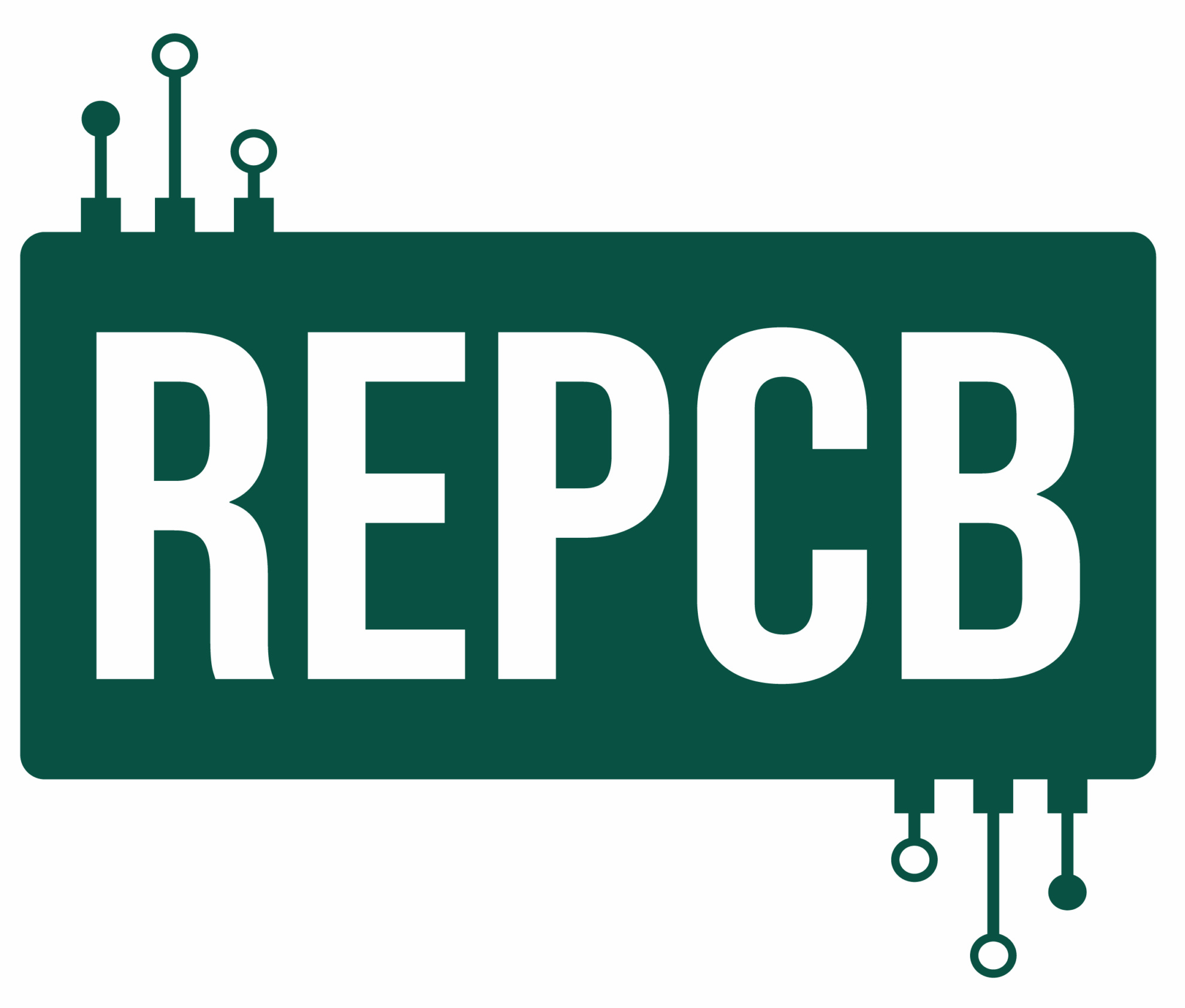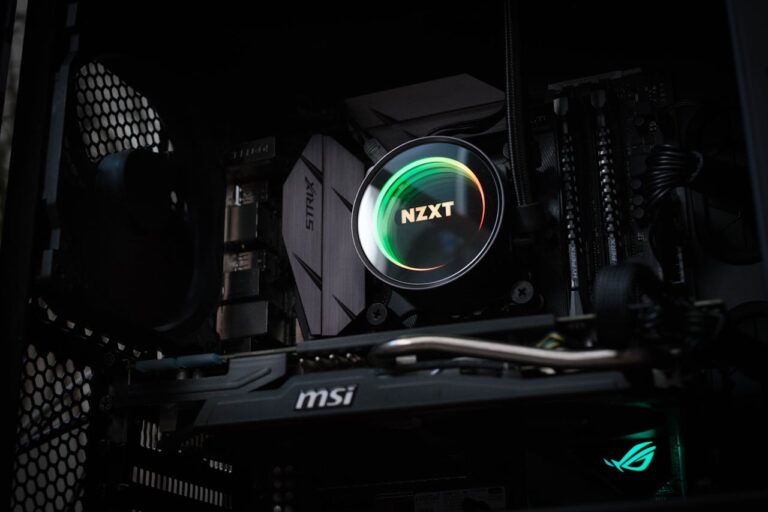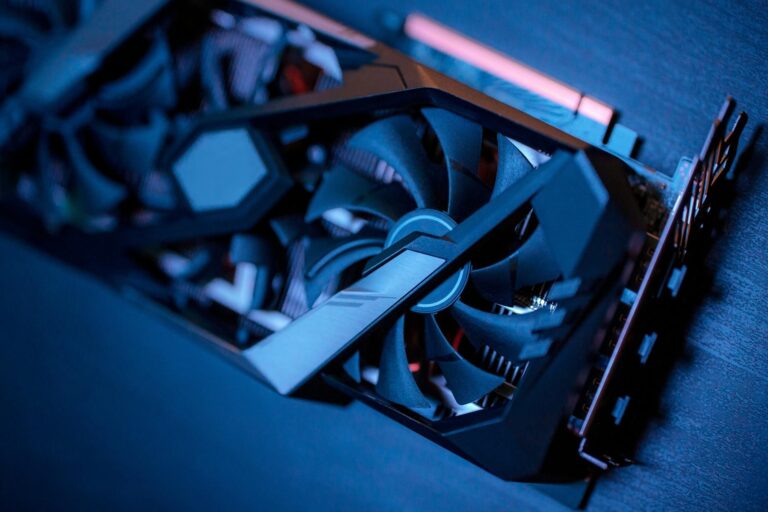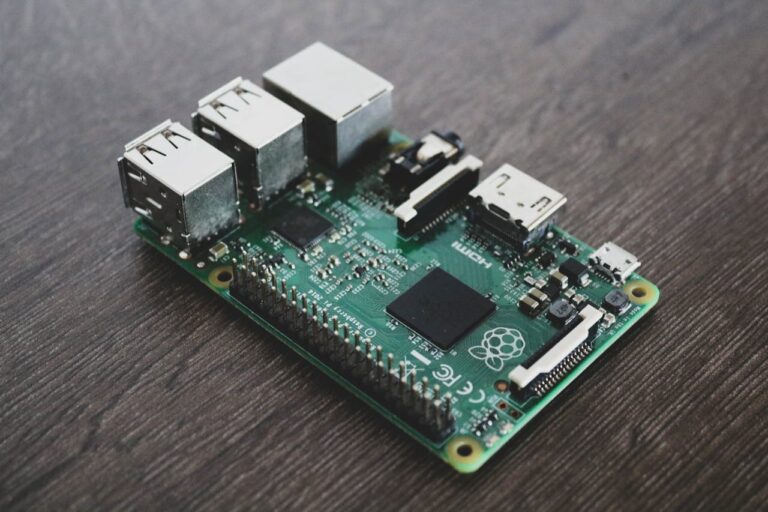Key Takeaways...
- A printed circuit board connects and supports electronic components in nearly all electronic devices.
- PCBs are made up of layers of conductive and insulating materials.
- They come in various forms depending on application: single-sided, double-sided, or multilayer.
- Recycling is essential to recover valuable metals and reduce electronic waste.
Printed circuit boards (PCBs) are the backbone of modern electronics. From mobile phones and laptops to industrial machinery and communication systems, PCBs power nearly every piece of electronic equipment. But what exactly is a printed circuit board, and why is it so crucial to today’s technology?
This article will break down the structure, function, and importance of PCBs, as well as explore what happens when they reach end-of-life and require recycling.
What Is a PCB?
A printed circuit board (PCB) is a flat, rigid board that mechanically supports and electrically connects electronic components. These components are mounted onto the board and connected by conductive pathways—often made from copper—etched into the surface of the board.
PCBs can vary in size, shape, and complexity depending on the device they are designed for. Some PCBs are small and simple, used in toys or remotes. Others are large and intricate, powering servers or medical equipment.
Main Components of a PCB
A typical PCB consists of:
- Substrate: Usually made from fiberglass (FR4), providing mechanical strength.
- Copper Layer: A thin conductive layer that forms the circuits.
- Solder Mask: A protective layer that insulates copper traces and prevents short circuits.
- Silkscreen: The topmost layer used to add labels and component markings.
Components such as resistors, capacitors, microchips, and connectors are soldered onto the PCB, allowing the device to function.
Types of PCBs
There are several different types of PCBs based on their construction:
- Single-sided PCBs: With one copper layer and components on one side.
- Double-sided PCBs: Copper layers and components on both sides.
- Multilayer PCBs: Three or more layers of copper, used in more advanced electronics.
- Rigid, Flexible, and Rigid-Flex PCBs: Based on board flexibility requirements.
Each type is chosen based on performance, size, and complexity needs.
Where Are PCBs Found?
PCBs are found in virtually all electronic devices, including:
- Mobile phones
- Laptops and computers
- Medical devices
- Automotive systems
- Telecommunications equipment
- Home appliances
Their universality means PCBs are one of the most commonly disposed of e-waste types in the UK.
The Lifecycle of a PCB
- Design and Manufacturing: Engineers design PCBs using software, followed by production and testing.
- Usage: PCBs function within the device until it becomes obsolete, faulty, or broken.
- Disposal or Recycling: At end-of-life, PCBs can be responsibly recycled or sent to landfill (which is increasingly discouraged).
Proper recycling ensures the recovery of useful materials and minimises environmental harm. Printed circuit boards contain valuable materials such as copper, gold, palladium, and silver—especially in high-grade boards like CPUs and server motherboards. However, they also contain hazardous substances like lead and brominated flame retardants.



